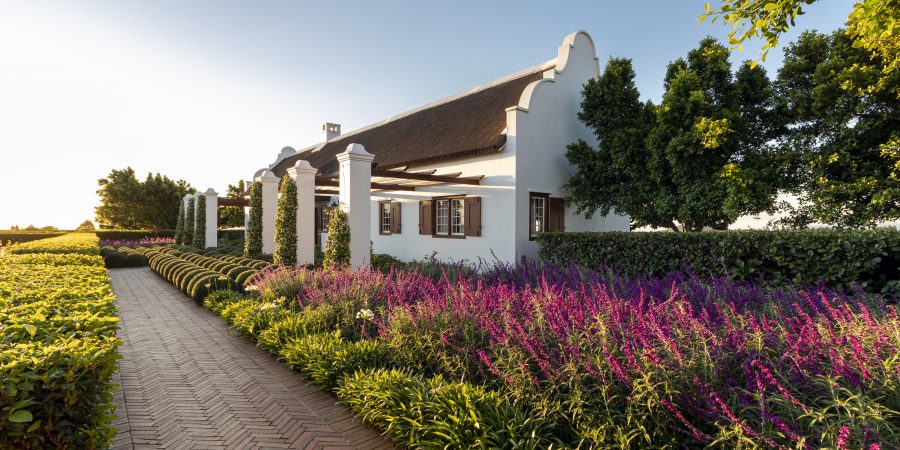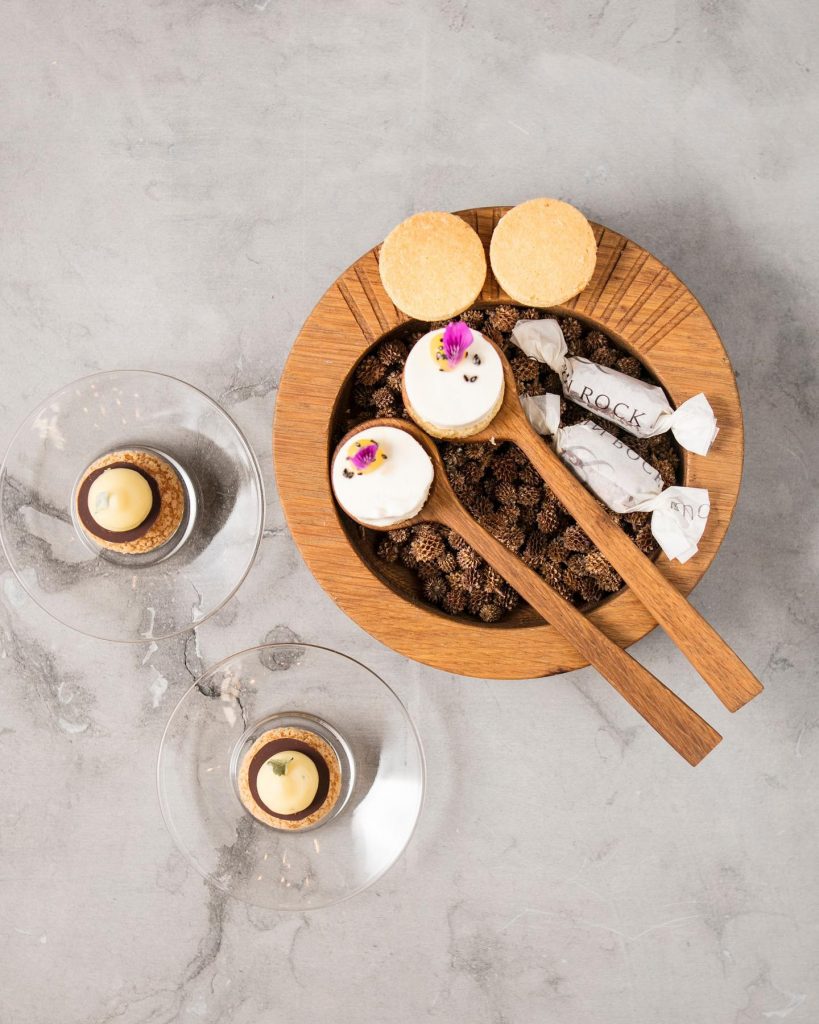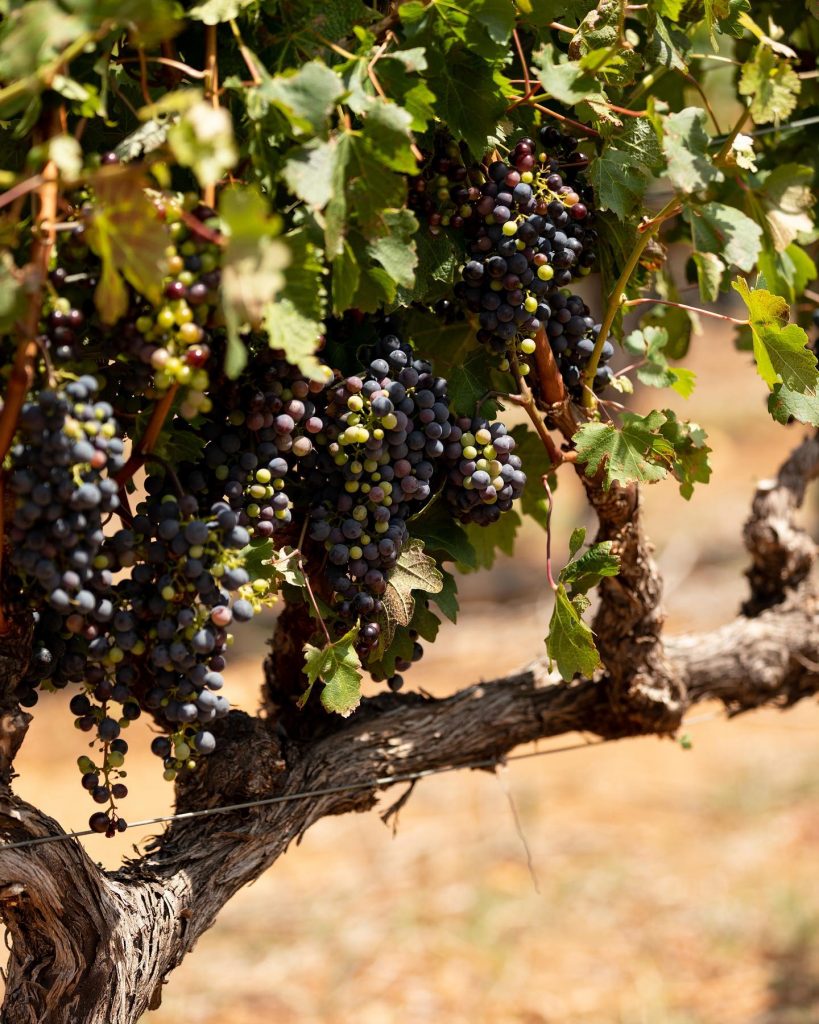Simon van der Stel, the second governor of the Cape, founded the town of Stellenbosch in 1679. Today, this historic university town is the most famous wine region in South Africa. Here are eight reasons why you should add the City of Oaks to your bucket list.
The biggest and oldest wine route in the country
The Stellenbosch Wine Route is a bucket-list destination for international tourists and South African holiday goers alike. It is home to over 200 wine estates and made up of five sub-routes, divided according to wine styles, climate and location. These include the Greater Simonsberg, Stellenbosch Berg, Helderberg, Stellenbosch Valley and Bottelary Hills.
There are 148 wine farms that are open to visitors and many of them are home to historical farms with impressive landscaped gardens, beautiful Cape Dutch manors houses, luxury hotels and B&Bs as well as world-class restaurants such as Gåte, the fine-dining restaurant on the Quoin Rock Wine Estate.
Nearly 15100 hectares of vines
Vineyards cover the gently rolling hills of Stellenbosch. From the lower slopes of Simonsberg Mountain in the north to Helderberg in the south, the exposed hills and sheltered valleys of this unique terrain allow for all sorts of grape varieties to be cultivated.
Stellenbosch has the ideal climate to grow grapes
Vineyards in the region have been blessed with the perfect grape-growing climate. Hot and dry in summer and wet and cool in winter. Depending on the soil, some winemakers irrigate their vineyards while others choose not to. The surrounding mountains give the vineyards varying degrees of exposure to wind and sun and a cool breeze comes from False Bay in the afternoons. This helps to slow the ripening process, creating intense fruit flavours in the grapes. For this reason, white-wine varieties are often planted closer to the ocean. Quoin Rock’s 2018 Namysto Sauvignon Blanc, for example, is made from grapes planted high up on the Simonsberg mountain to benefit from the sea breeze.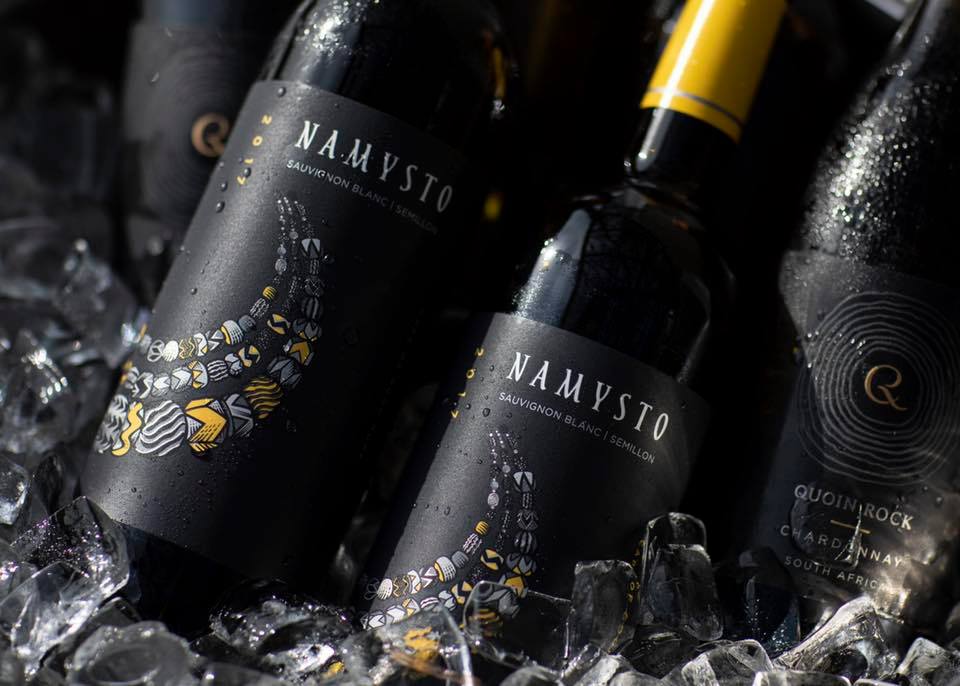
Cabernet Sauvignon is the most planted grape variety in Stellenbosch
Because of the hot, dry climate, Stellenbosch wine estates are the ideal producers of premium red-wine grapes and Cabernet Sauvignon is the region’s most popular. It is often combined with Merlot to create Bordeaux Blend wines which is a blend of wine made from a combination of two or more of the classic Bordeaux varieties: Cabernet Sauvignon, Merlot, Cabernet Franc, Petit Verdot, Carmenère and Malbec.
Quoin Rock’s 2015 Red Blend was made from Cabernet Sauvignon, Cabernet Franc and Merlot. The estate’s winemaker, Schalk Opperman, crushed and fermented individual grape parcels in open-top stainless-steel tanks before transferring them to French oak barrels where they were left to mature for 20 months. The wine is layered with a red fruit profile. Cranberry comes through strongly on the nose followed by a complex, dense, juicy celebration of fruit, wood, red-berry and tomato, creating the perfect marriage between Old and New world.
Stellenbosch is where Pinotage was born!
Pinotage is the second most widely planted red grape variety in South Africa and South Africa’s signature variety. It was created in 1925 from a crossing of the Pinot Noir and Cinsault wine grape varieties by Professor Abraham Izak Perold, the first professor of Viticulture at Stellenbosch University. Sixteen years later, Charl Theron de Waal (known as CT de Waal), produced the first barrel of Pinotage wine.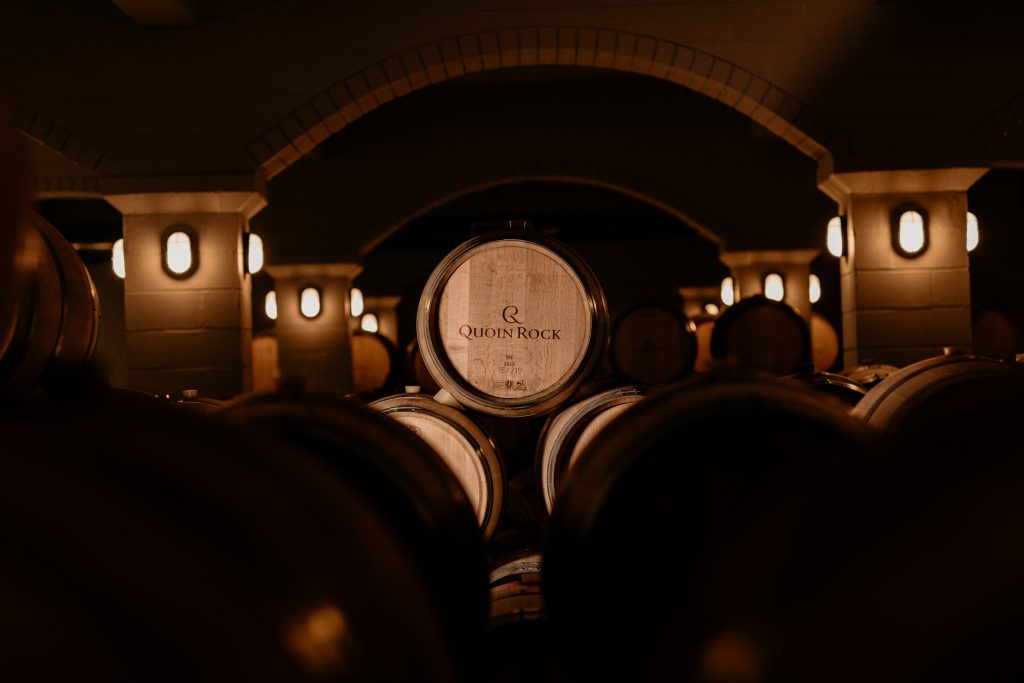
Nearly all vines in Stellenbosch grow in the “Cape Floral Kingdom”
The Cape Floral Region is one of the smallest and richest plant areas in the world. Comprising less than 1% of the African continent, 70% of the plants that grow in this UNESCO-listed biodiversity hotspot are not found anywhere else in the world. The Region measures 553 000ha and was declared a World Heritage Site in 2004.
The fynbos biome at Quoin Rock Wine Estate is celebrated for its diversity and endemism and the estate’s fine-dining restaurant, Gåte is well-known for creating innovative dishes inspired by the unique flavours of their surroundings.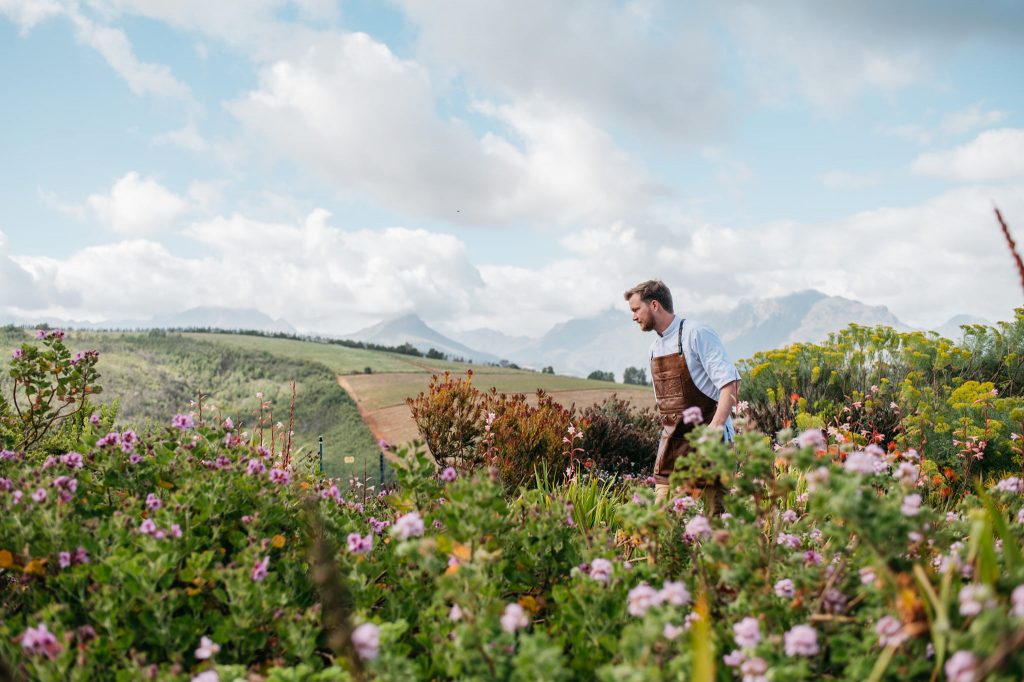
95% of Stellenbosch wines are made sustainably
Did you know that over 95% of the wines produced in the region are committed to sustainable, eco-friendly wine production?
The integrity and sustainability ‘seal’ was launched in South Africa in 2010 and refers to a label that appears on each container of wine. The ‘seal’ guarantees that the wine has been produced sustainably, that it was bottled in the country and that it is 100% South African.
Chenin Blanc is the most planted white grape
Originating from the Loire Valley of France, Chenin blanc is a white wine grape variety. It has high acidity which means it can be used to make everything from sparkling wine to a well-balanced dessert wine and it is the most widely planted variety in South Africa. The grape, historically known as Steen, may have been one of the first to arrive in South Africa, planted by Jan van Riebeeck in 1655.
Knorhoek Wine Estate, Quoin Rock’s sister farm, is well-known for their 2019 Chenin Blanc. A well-balanced wine with hints of lime, pineapple and gooseberry. This is an easy-drinking white that was fermented in a combination of concrete eggs and French oak barrels with blending done after seven months’ maturation.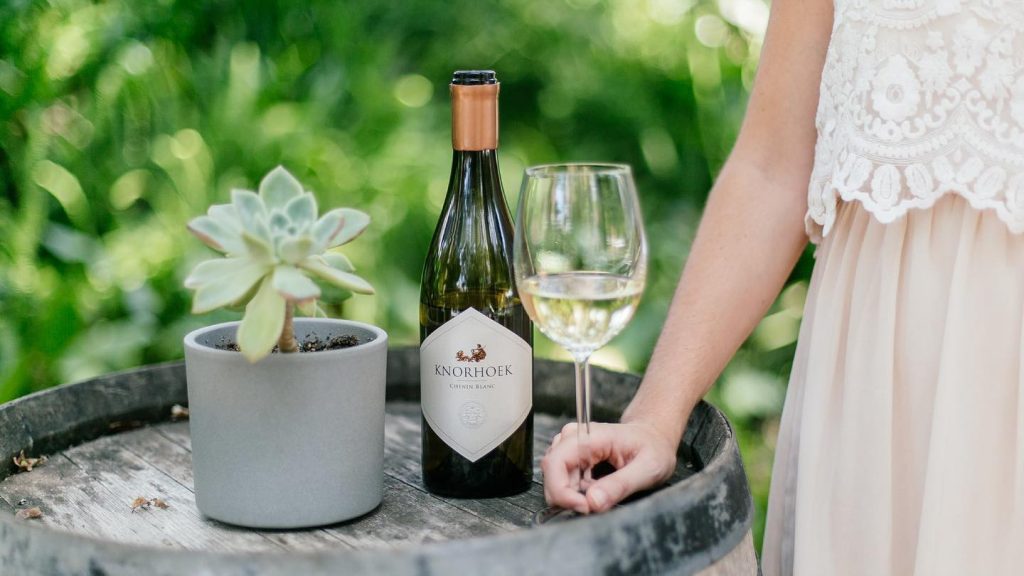
Book a wine tasting at Quoin Rock Wine Estate
